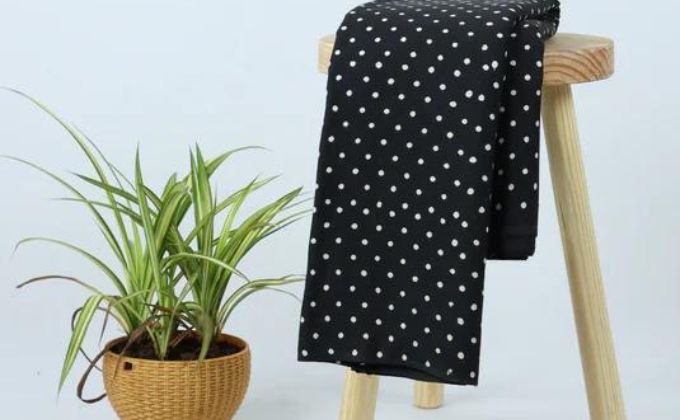Block print fabric is one of India’s most treasured and timeless textile traditions, known for its intricate designs, vibrant colors, and rich cultural heritage. Originating centuries ago, this handcrafted fabric is not only a testament to Indian craftsmanship but also a reflection of the country’s artistic legacy. The detailed process of block printing involves a combination of skill, creativity, and labor, creating unique pieces that are cherished worldwide.
In this article, we explore the fascinating history and meticulous craftsmanship behind Indian block print fabric, celebrating its enduring appeal.
The Origins of Block Printing in India
Block printing is believed to have originated in India over 2,000 years ago, making it one of the oldest techniques for textile printing. Rajasthan, Gujarat, and West Bengal are the main regions where this art form flourished. Rajasthan, in particular, became a hub for block printing, with areas like Jaipur and Bagru becoming synonymous with high-quality block-printed fabrics.
Historically, the art of block printing was closely associated with royal patronage. Kings and emperors would commission exclusive designs for their clothing, creating a sense of opulence and grandeur. The craft was passed down through generations of artisans, preserving both the techniques and cultural significance of the process.
The Process of Block Printing
Block printing is a complex technique that calls for accuracy and patience. The fabric is typically made from cotton, silk, or linen, and is pre-washed to remove impurities. The key elements of block printing include:
- Carving the Blocks: The wooden blocks used in printing are hand-carved by skilled artisans. Each block represents a specific design, which could be floral, geometric, or abstract. The carving is detailed and requires precision to ensure that the design transfers beautifully onto the fabric.
- Dyeing the Fabric: Once the blocks are ready, the fabric is dyed. Natural dyes were traditionally used, and sourced from plants, minerals, and even insects. While synthetic dyes are more common today, many artisans still use natural dyes to maintain the authenticity and eco-friendliness of the fabric.
- Stamping the Fabric: After dyeing, the block is dipped in the dye, and the artisan stamps it onto the fabric. The placement of the block is crucial, as it needs to be aligned perfectly to create a seamless design. After the desired pattern covers the entire cloth, repeat this technique.
- Washing and Setting: Once the stamping is complete, the fabric is washed to remove any excess dye and is then dried in the sun. The final step involves steaming the fabric to fix the dye and ensure that the colors remain vibrant.
Craftsmanship and Artistic Expression
Block printing is a labor-intensive craft that relies on the skill of artisans who have been trained in the technique for generations. Each block print fabric tells a story—whether it’s a traditional floral motif inspired by nature, a geometric pattern symbolizing cultural heritage, or an abstract design showcasing the artisan’s creativity. The process allows for a high level of artistic expression, with each piece being unique due to the slight variations that occur during hand-stamping.
Indian block print fabric’s eco-friendliness is further enhanced by the fact that it is renowned for using natural dyes Indigo, turmeric, and pomegranate are just a few examples of the natural elements used to create the stunning colors seen in traditional block prints.
The Enduring Appeal of Block Print Fabric
Block print fabric has stood the test of time, continuing to captivate modern audiences with its timeless appeal. Today, it is used for a wide range of purposes, from sarees and kurtas to home décor items such as bedspreads, cushions, and tablecloths. The versatility of block print fabric lies in its ability to blend tradition with contemporary style.
In fashion, block print garments are a symbol of sustainable fashion, combining the allure of handmade craftsmanship with eco-friendly practices. Consumers are increasingly drawn to block print fabric not just for its aesthetic beauty but also for its cultural significance and sustainable production methods.
Conclusion
Indian block print fabric is more than just a textile—it’s an art form that reflects centuries of history, culture, and craftsmanship. Its intricate designs and vivid colors continue to inspire designers, artisans, and consumers alike. By supporting this traditional craft, we can ensure that future generations continue to enjoy the beauty and cultural richness of block print fabric.
At Dmaasa, we celebrate the heritage of Indian block printing with our collection of handcrafted fabrics. Explore our stunning range and bring a piece of India’s timeless artistry into your wardrobe or home.
